How do you help students who struggle with writing? These modifications and accommodations will help your students with dysgraphia.
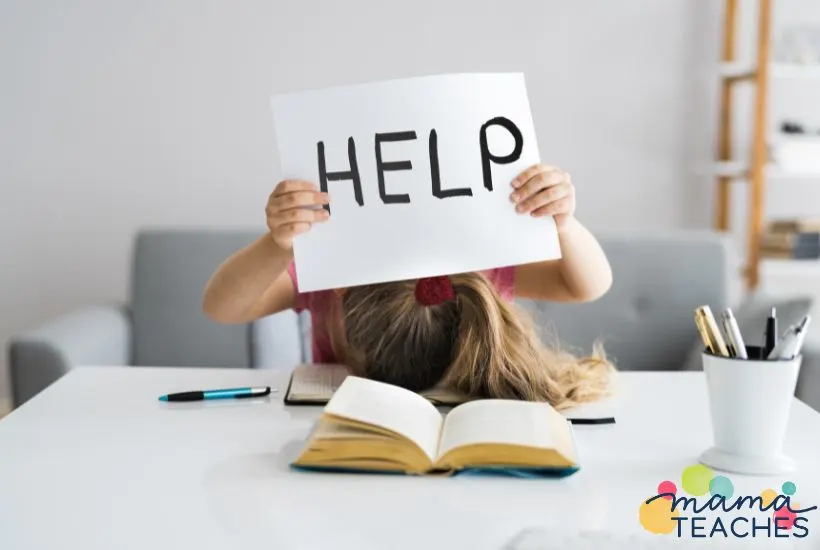
What Is Dysgraphia?
Dysgraphia is a brain-based learning disorder that affects a person’s ability to write.
A student with dysgraphia could have difficulty forming letters, spacing them properly, and staying on the line.
They may also have difficulty spelling and writing unfamiliar words.
Their fine-motor abilities may be lacking; you may observe poor pencil grip or difficulty with other fine motor tasks like tieing shoelaces.
When you look at their writing, words may be omitted or left incomplete.
Here is more about dysgraphia and dysgraphia treatment.
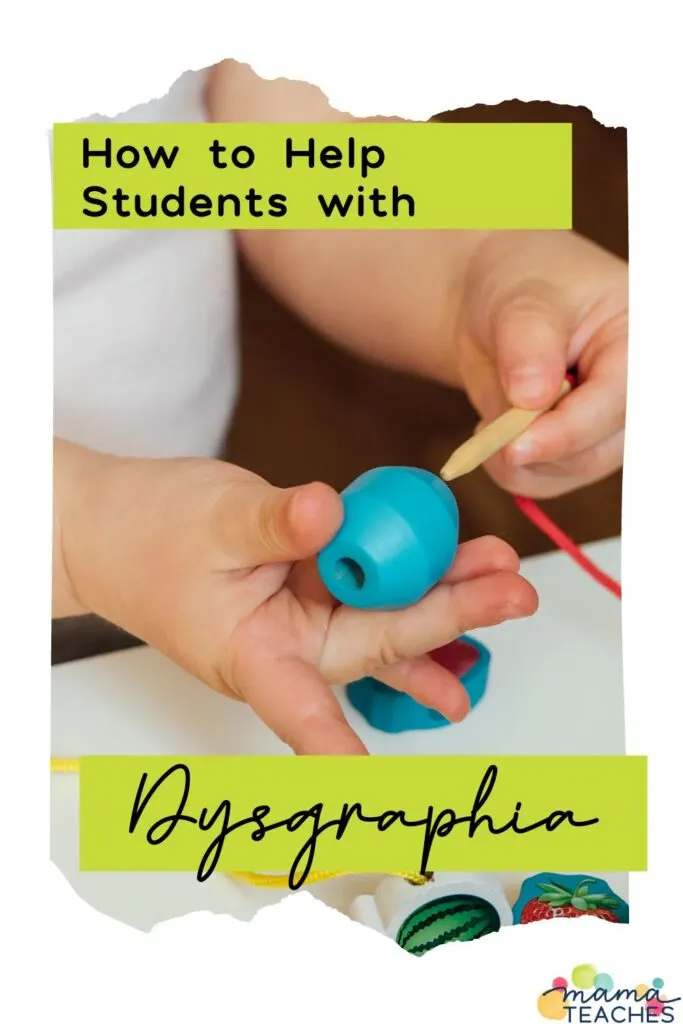
This article contains affiliate links to things that you might like.
Dysgraphia Treatment
Someone with dysgraphia will struggle in one or both of the following ways:
Fine Motor Control
In some forms of dysgraphia, the person has difficulty with all fine motor tasks (such as stringing beads). In others, only their ability to form letters is affected.
Either way, they need physical helps to write smoothly.
Thoughts to Words
In other forms of dysgraphia, the person may struggle with organizing their thoughts into words.
In many cases, the physical process of writing requires so much focus that a person cannot divide his attention between composition and handwriting.
If you suspect a student has dysgraphia, refer them to the school psychologist. It is important to receive a formal diagnosis.
Dysgraphia has a lot of different forms, so understanding which one the student is dealing with can help you select the accommodations and modifications that will be most beneficial.
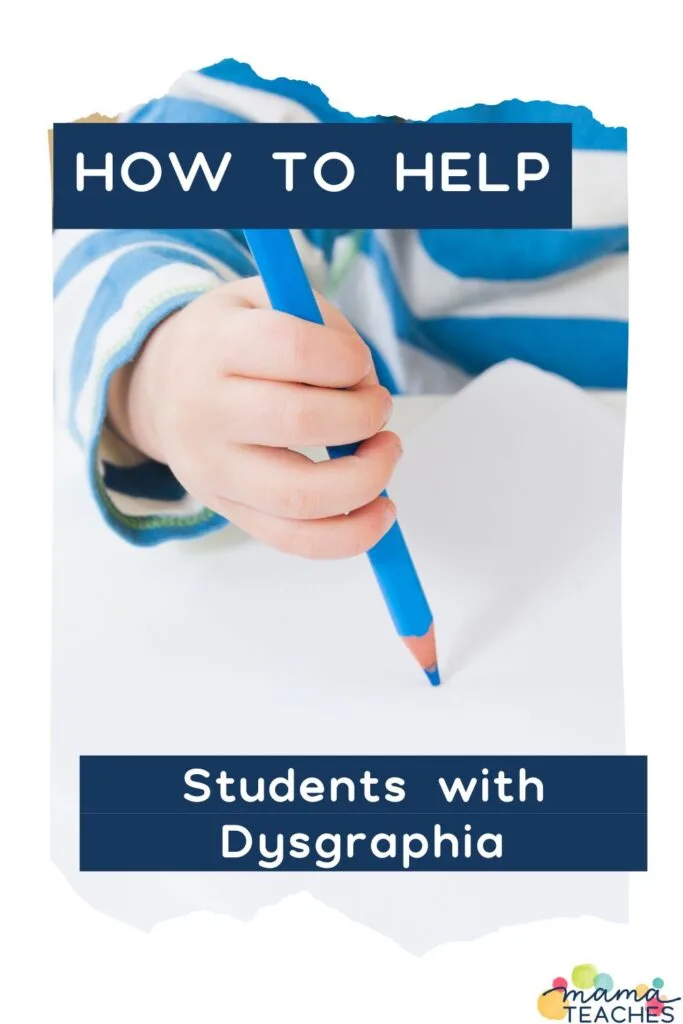
Accommodations, Modifications, and Remediation for Dysgraphia
Dysgraphia treatment means three components: accommodations, modifications, and remediation.
Accommodations are external objects that assist in the writing process. This includes pencil grips and tablets.
Modifications involve changing assignments, so they are doable for students with dysgraphia. This includes shortening or adapting assignments with large written components.
Remediations involve training the brain and body. Dysgraphia is treated with occupational therapy.
Although dysgraphia is a lifelong learning difference, accommodations, modifications, and remediation can improve a person’s ability to write.

Physical Helps
These accommodations and modifications can help students who struggle with dysgraphia.
Pencil Grips
You should never force a child to modify his pencil grip (this would fall under the category of dysgraphia treatment that an occupational therapist should provide).
You can provide rubber pencil grips to help with correct finger placement.
All kids love pencil grips! You can even stock them in your prize bin.
Special Paper
With some forms of dysgraphia, students have trouble keeping their writing on the line. You can use special paper with colored lines or raised lines.

Speech to Text
Speech-to-text technology takes a recording of the voice and immediately transcribes it to text.
The results aren’t always perfectly punctuated (and some of the time they get the words wrong).
Even with its drawbacks, speech-to-text technology can be a game changer for students with dysgraphia.
Partner with your special education staff and related service providers (like your school occupational therapist) to see how you can use speech-to-text technology in your classroom.
Typing
For older students, providing access to a keyboard for written assignments (even tests) can help.
Handouts
Taking notes from the board is especially difficult for students with dysgraphia. It is much easier to copy from a paper directly in front of you.
Organizational Helps
These organizational helps can greatly assist your students with dysgraphia. In fact, all students will benefit!
Quiet Space
Since writing requires so much focus for students with dysgraphia, provide them with an environment with reduced distractions.
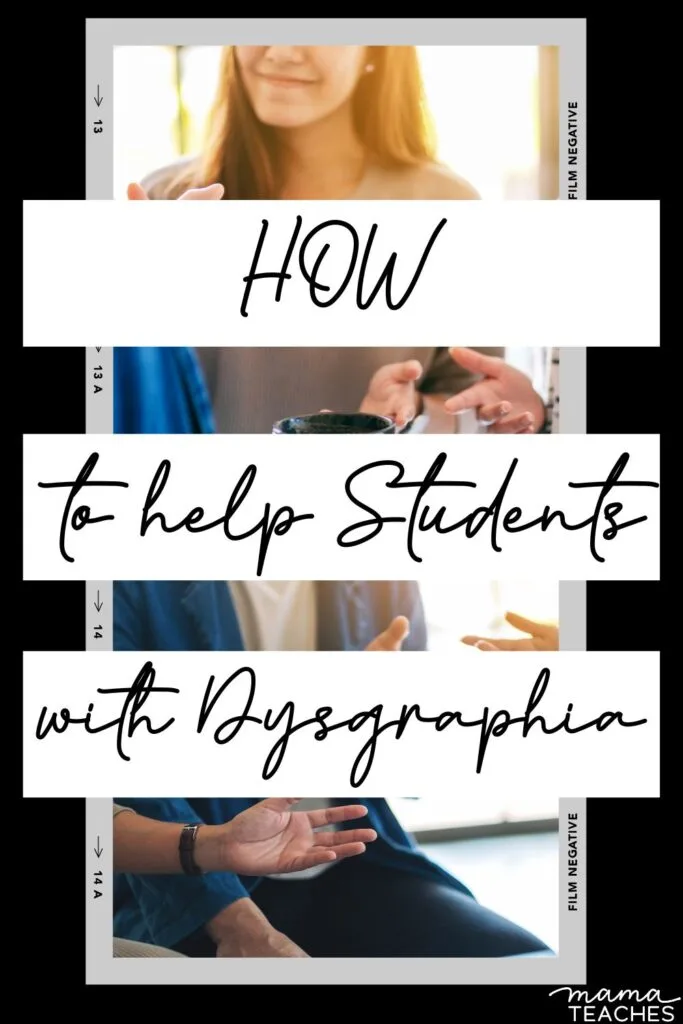
Small Steps
Break down assignments into manageable chunks. Rather than giving the instructions in one long spiel, list them step by step.
Graphic Organizers
Graphic organizers provide a framework for organizing your thoughts before writing. Check out these graphic organizers for note-taking and writing paragraphs.
Anchor Charts
Anchor charts are a highly appealing visual representation of an assignment. They break the assignment into steps and represent it graphically.
Check out this article on how to use anchor charts.
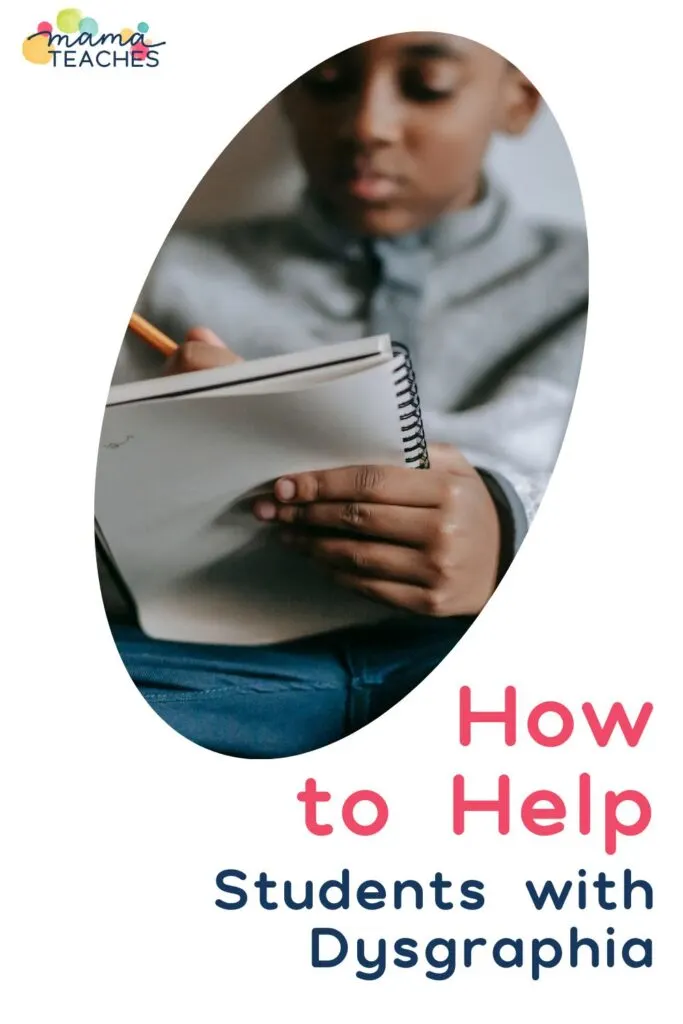
Modify Tests
If your tests have a lot of short answer questions, your students with dysgraphia will struggle. Allow students with dysgraphia to answer some questions orally, or provide a test alternative with more matching or short answer questions.
Pre-filled Headings
Writing your name, date, and assignment heading on a worksheet takes a person with dysgraphia a long time. Pre-fill this information for them to save them valuable time on the assignment.
Extra Time
If possible, allow your students with dysgraphia extra time to work on tests or assignments. It usually works best to have them start ahead of the others.
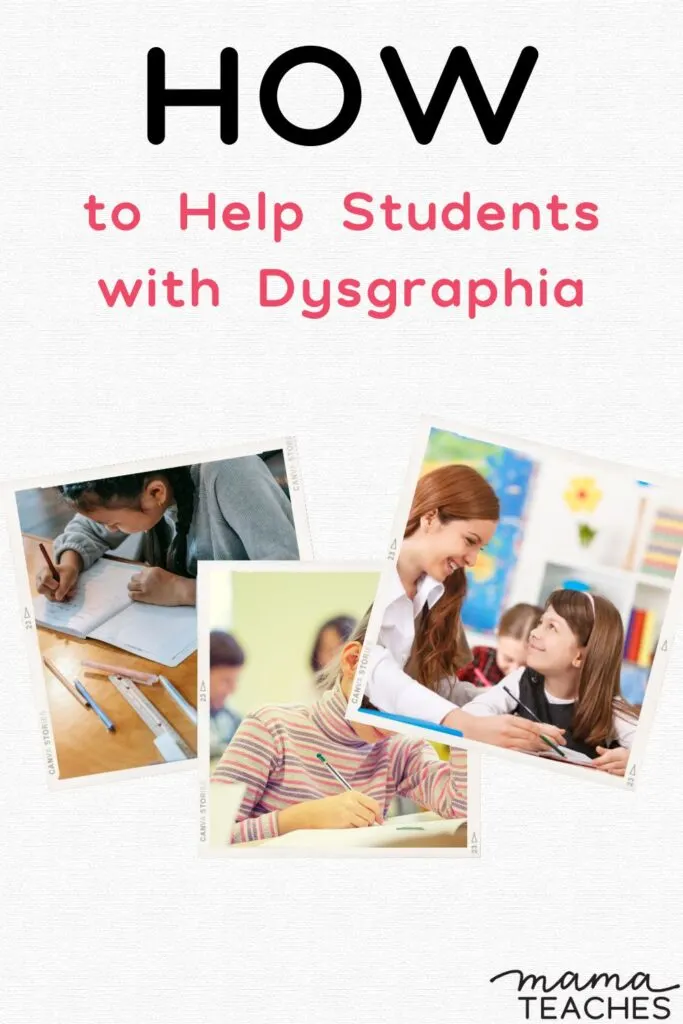
How to Help Children with Dysgraphia
Your students with dysgraphia are just as intelligent as the others in your classroom. By making some small changes in your routine or assignments, you can help them learn and succeed.
